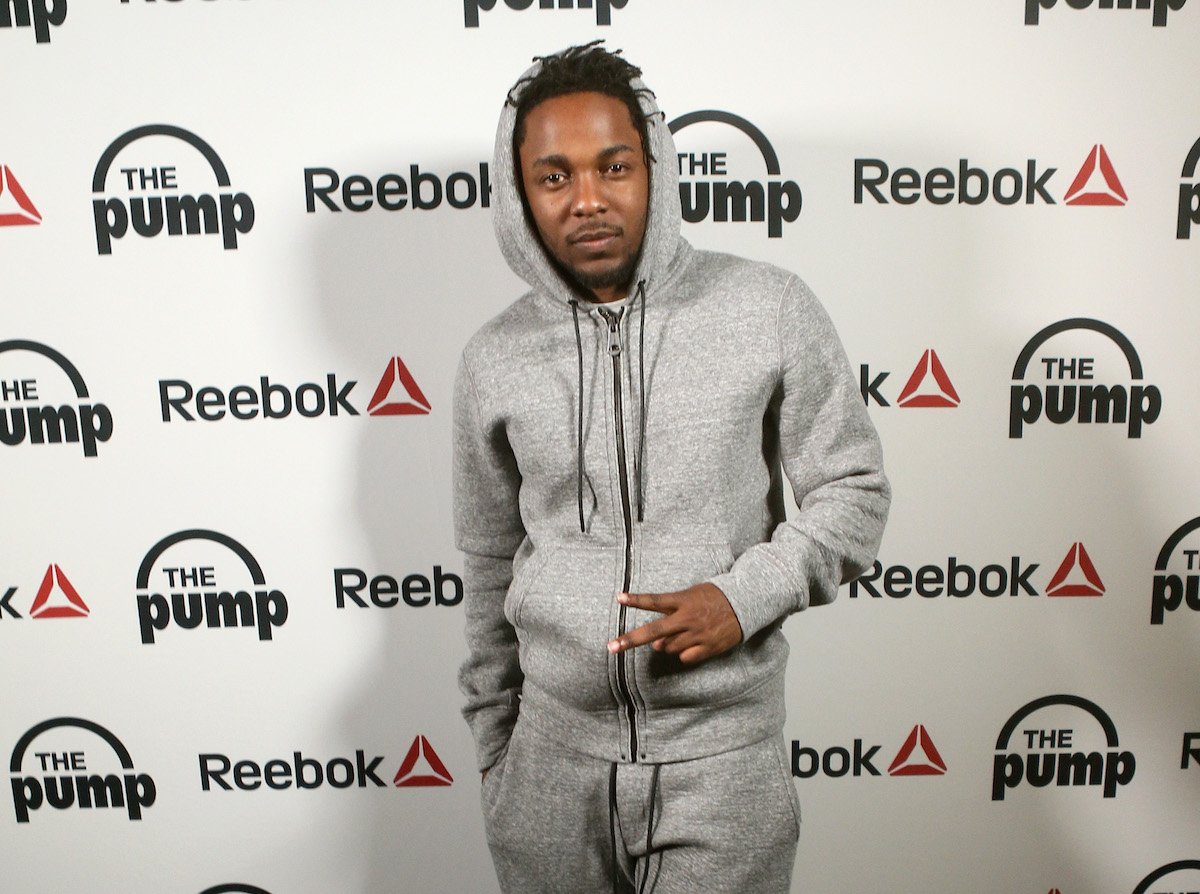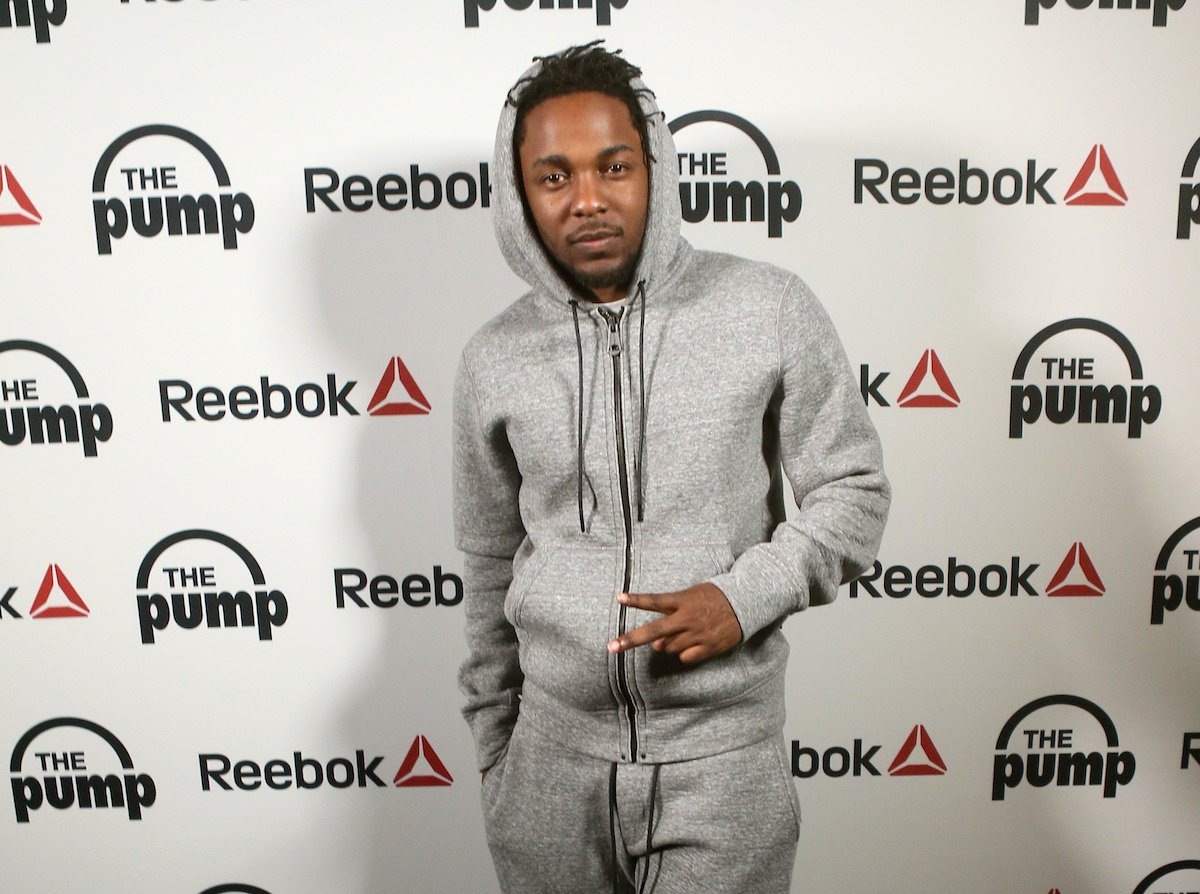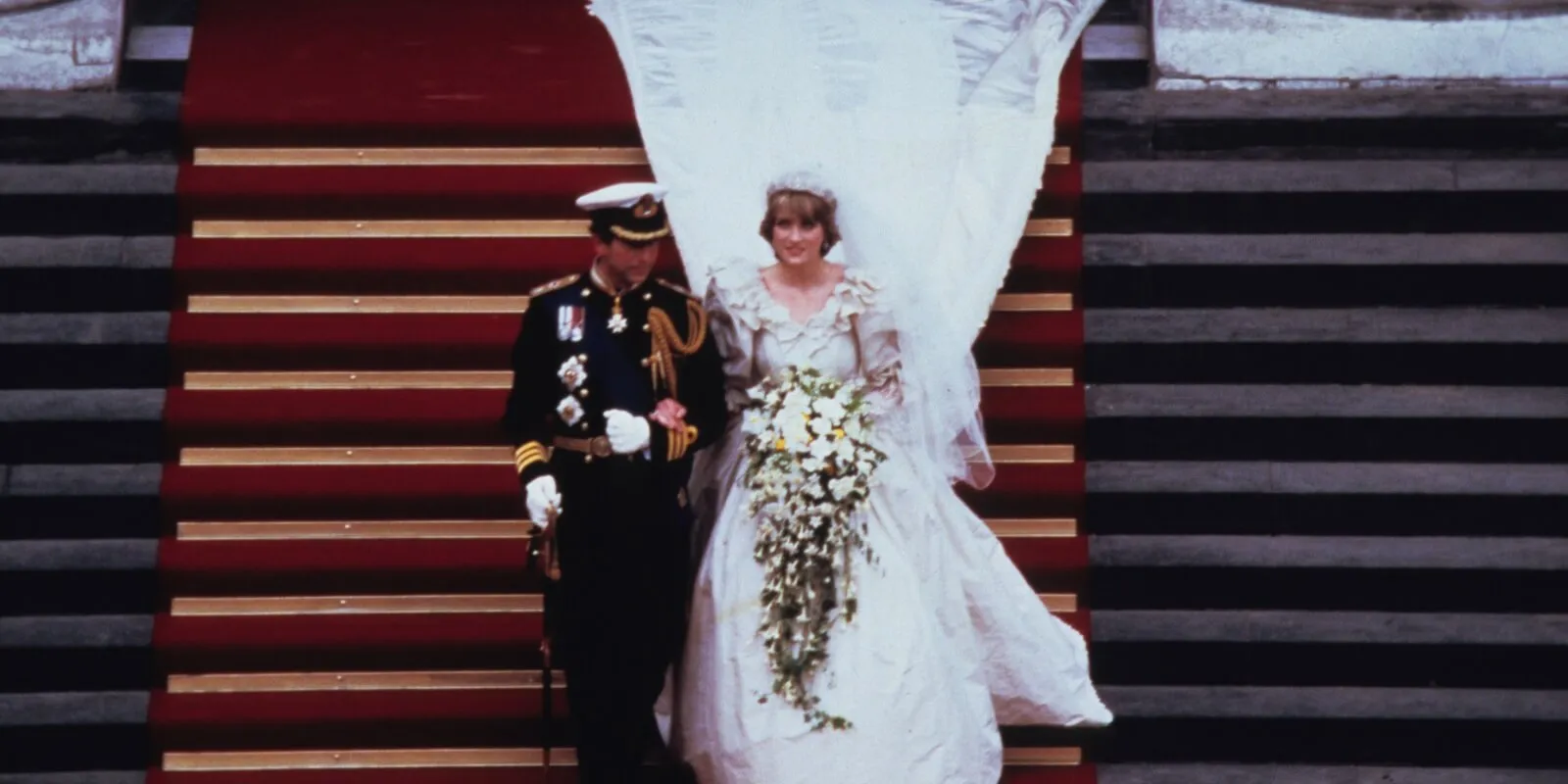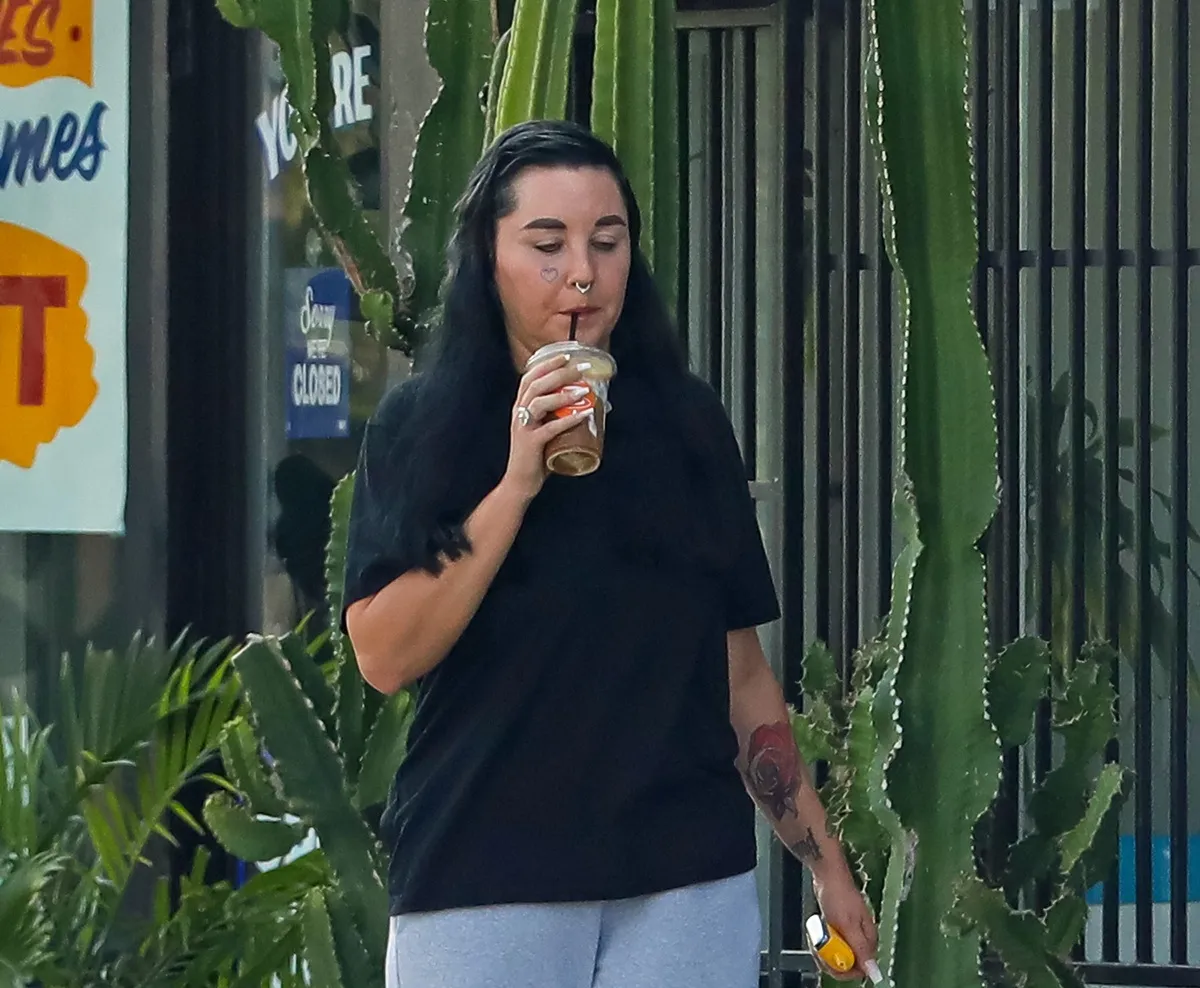
Kendrick Lamar Subtly Tried to Unite 2 Notorious Gangs Through a Pair of Sneakers
Kendrick Lamar isn’t an icon simply because he’s a generationally gifted lyricist. It’s because he uses his talent to speak about the plights and pleasures of predominantly Black communities overlooked and disrespected by American society. Lamar’s desire to be a voice for the voiceless has been successful commercially and critically, making his albums cultural events for listeners looking for answers. The hip-hop artist’s conscious mindset also extends to his brand sponsorships. Lamar’s shoe deal with Reebok included a plea to Compton’s biggest gangs to unite and shed the violence.
Kendrick Lamar speaks about heady topics in an easily digestible way

The artist has always aspired to be more than a rapper. Before Kendrick Lamar became a household name, he invoked the spirit of Tupac as a model for handling his career.
Spitting nuanced narratives about life in Compton has been a foundation of Lamar’s music. His major-label debut, 2012’s good kid, m.A.A.d city, is rightly hailed as one of the best debut albums in hip-hop history. Lamar uses the album to create three-dimensional portraits of the person he was and the people he interacted with during the chaotic upbringing that he and other kids experienced in his hometown. He touches on serious topics — systemic racism, the effects of gang warfare, religion, and mental illness — without becoming overly didactic.
m.A.A.d city made Lamar a star, but 2015’s To Pimp a Butterfly took his profile to a new level. He continued to speak about Black life with skill and emotional intelligence, and the sprawling jazz-inflected album’s signature song, “Alright,” became synonymous with the Black Lives Matter movement sparked by several high-profile deaths at the hands of police.
Lamar’s third album, 2017’s DAMN., is his most radio-friendly project so far, but he didn’t water down his social commentary. The rapper often displays the anger and fatigue with the state of the world that many people feel while poking fun at conservative pundits who willfully misunderstood his point of view. The album earned him the 2018 Pulitzer Prize for Music, making Lamar the first artist outside of the jazz and classical genres to win the honor.
His most recent work — the insular and complex Mr. Morale and the Big Steppers — reveals Lamar is ready to step down from the pulpit. But even that choice gave listeners a reason and a template to dig through the muck of deep-seated trauma to find the best version of themselves and their families.
Kendrick Lamar released a pair of sneakers that aimed to cool tensions between local gangs
In 2015, Lamar collaborated with Reebok for a special edition of the company’s Ventilator shoe line. The subtle off-white sneakers are notable for their accents.
The left shoe uses blue on the tongue and inner lining, while the right sneaker uses red for those features, with the corresponding details embroidered on each heel. The colors align with LA’s most infamous gangs. Blue is traditionally the main color for the Crips, and red is associated with the Bloods. Lamar used similar iconography for the cover art of the To Pimp a Butterfly single “i.”
The limited-edition shoe didn’t prompt a West Coast revolution, but some gang members appreciated the appeal for unity. Lamar’s then-label Top Dawg Entertainment released a video promoting the sneakers where Bloods member G Weed and Crips member Jigga discussed the power of Lamar’s words.
“The message behind the new Kendrick Lamar shoe is uniting red and blue, where we all can exist and respect each other and love one another,” G Weed said.
“Kendrick is just really giving us a reason and giving us an understanding of why we should have unity or why we should really wanna do this,” Jigga added.
The origins of the Crips vs. Bloods rivalry
Like most American origin myths, you can’t talk about the creation of the Crips and the Bloods without discussing the consequences of racism.
In 1948, the Supreme Court case Shelley v. Kraemer ruled that any racially motivated practice discouraging Black people from living in white neighborhoods was unconstitutional. But that decision couldn’t stop people from burning crosses on lawns or abusing other forms of power. William H. Parker, LA’s police chief from 1950 to 1966, is notorious for stoking the rift between South Central’s Black and Brown residents and the cops, Grunge reports.
Gangs sprang up to protect local communities, but young men and teens began committing crimes. Raymond Washington is the founder of the Crips, formed in 1969. The name allegedly refers to a time when his older brother injured his ankle and subsequently walked with a limp. The Bloods formed in 1972 in response to the murder of Robert Brooks Ballou Jr., who died after Crips members beat the high school student for refusing to give them his leather jacket after a Curtis Mayfield concert. (Leather jackets were a part of the Crips’ uniform at the time.)
The conflict between the gangs grew more savage as guns and drugs hit the streets and economic opportunities became scarcer, leaving Kendrick Lamar and other kids to deal with the fallout.


